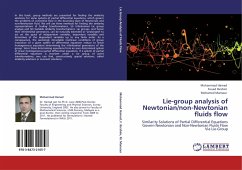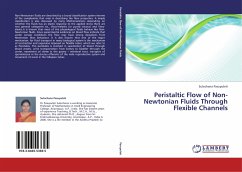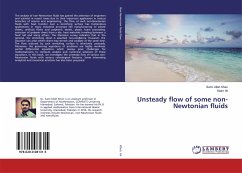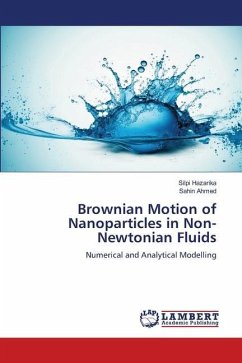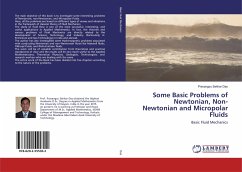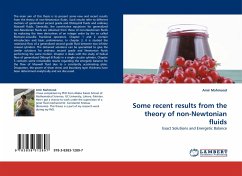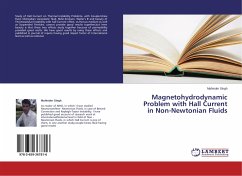In this book, group methods are presented for finding the similarity solutions for some systems of partial differential equations, which govern the problems of convective flow in the boundary layer of Newtonian and non-Newtonian fluid. We will use three methods for finding the similarity representations (i) Scaling transformations, (ii) Infinitesimal Lie group analysis and (iii) Suitable similarity transformations. Lie groups, and hence their infinitesimal generators, can be naturally extended or "prolonged" to act on the space of independent variables, dependent variables and derivatives of the dependent variables up to any finite order. As a consequence, the seemingly intractable nonlinear conditions of group invariance of a given system of differential equations reduce to linear homogeneous equations determining the infinitesimal generators of the group. Since these determining equations form an over determined system of linear homogeneous partial differential equations. If a system of partial differential equations is invariant under a Lie group of point transformations, one can find, constructively, special solutions, called similarity solutions or invariant solutions.
Bitte wählen Sie Ihr Anliegen aus.
Rechnungen
Retourenschein anfordern
Bestellstatus
Storno

